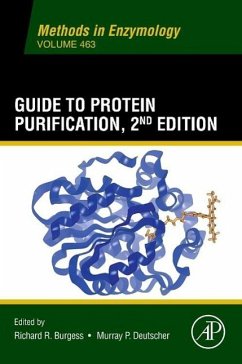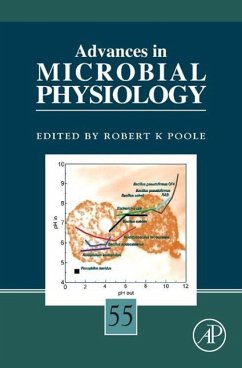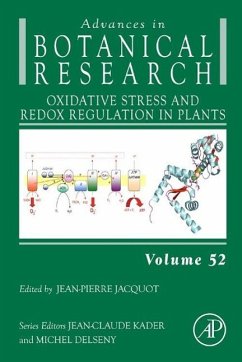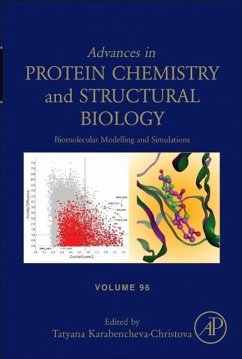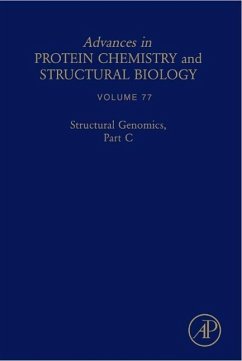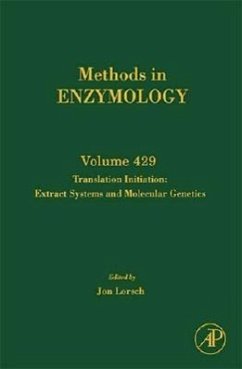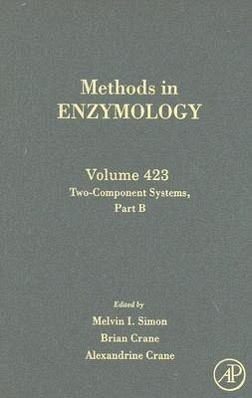
Two-Component Signaling Systems, Part B
Volume 423
Herausgegeben: Simon, Melvin I.; Crane, Brian; Crane, Alexandrine

PAYBACK Punkte
65 °P sammeln!
Multicellular organisms must be able to adapt to cellular events to accommodate prevailing conditions. Sensory-response circuits operate by making use of a phosphorylation control mechanism known as the "two-component system."
Sections in Two-Component Signaling Systems, Part B include:
Structural Approaches Reconstitution of Heterogeneous Systems Intracellular Methods and Assays Genome-Wide Analyses of Two-Component Systems
Sections in Two-Component Signaling Systems, Part B include:
Structural Approaches Reconstitution of Heterogeneous Systems Intracellular Methods and Assays Genome-Wide Analyses of Two-Component Systems






